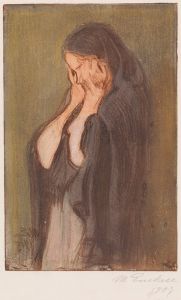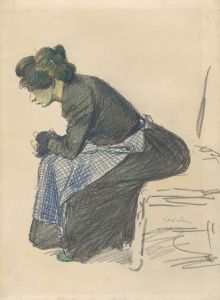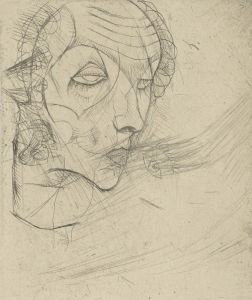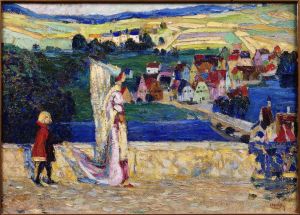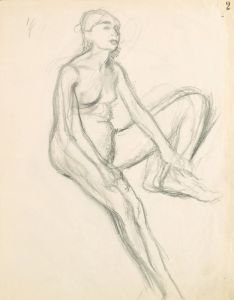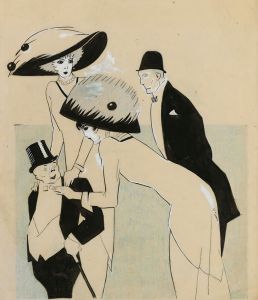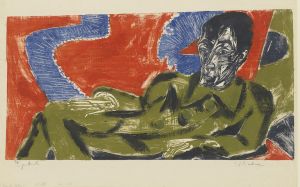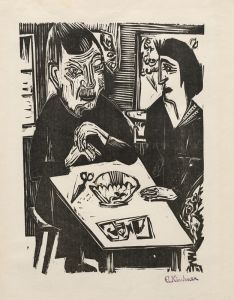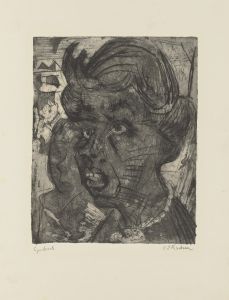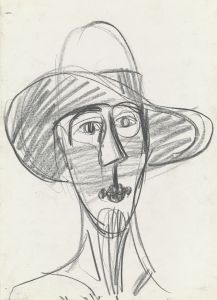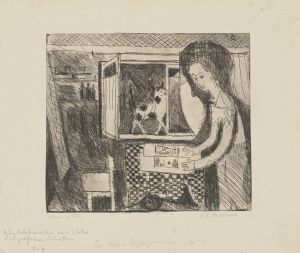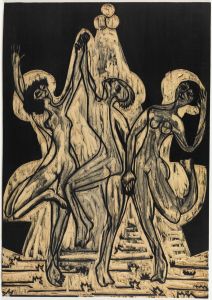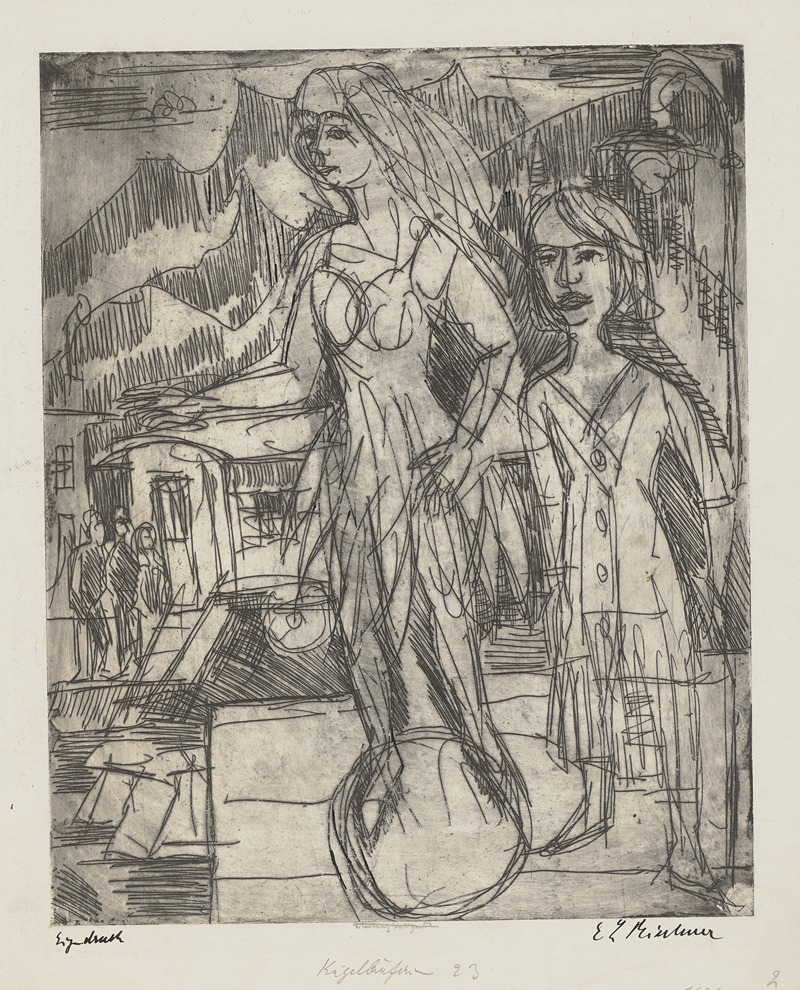
Kugelläuferin
A hand-painted replica of Ernst Ludwig Kirchner’s masterpiece Kugelläuferin, meticulously crafted by professional artists to capture the true essence of the original. Each piece is created with museum-quality canvas and rare mineral pigments, carefully painted by experienced artists with delicate brushstrokes and rich, layered colors to perfectly recreate the texture of the original artwork. Unlike machine-printed reproductions, this hand-painted version brings the painting to life, infused with the artist’s emotions and skill in every stroke. Whether for personal collection or home decoration, it instantly elevates the artistic atmosphere of any space.
"Kugelläuferin" (The Skater) is a painting by the German expressionist artist Ernst Ludwig Kirchner, created in 1911. Kirchner was a founding member of the influential artist group Die Brücke (The Bridge), which played a crucial role in the development of Expressionism in early 20th-century Germany. The painting exemplifies Kirchner's distinctive style, characterized by bold colors, dynamic compositions, and a focus on modern urban life.
"Kugelläuferin" depicts a female figure ice skating, capturing the movement and energy of the activity. The skater is rendered with elongated forms and exaggerated features, typical of Kirchner's approach to the human figure. The background is abstracted, with vibrant colors and dynamic brushstrokes that convey a sense of speed and fluidity. This use of color and form reflects Kirchner's interest in expressing emotional and psychological states through his art.
The painting is notable for its use of color contrasts and the interplay of light and shadow, which create a sense of depth and movement. Kirchner's technique involves the application of paint in broad, expressive strokes, contributing to the overall dynamism of the composition. The skater's pose, with arms outstretched and body leaning forward, emphasizes the grace and athleticism of the figure, while also conveying a sense of freedom and exhilaration.
Kirchner's work during this period was heavily influenced by the urban environment of Berlin, where he moved in 1911. The city's vibrant nightlife, bustling streets, and diverse population provided rich material for his artistic explorations. "Kugelläuferin" reflects this fascination with modern life, capturing a moment of leisure and movement that contrasts with the often chaotic and frenetic pace of the city.
The painting also reflects Kirchner's interest in non-Western art forms, particularly African and Oceanic art, which he admired for their directness and emotional intensity. This influence is evident in the stylized treatment of the figure and the bold, simplified forms that characterize the composition.
"Kugelläuferin" is part of a broader body of work in which Kirchner explored themes of movement, modernity, and the human experience. His paintings from this period often feature scenes of urban life, including street scenes, cabaret performances, and other aspects of contemporary culture. Through these works, Kirchner sought to capture the spirit of the times and to convey his own responses to the rapidly changing world around him.
Today, "Kugelläuferin" is recognized as an important example of Kirchner's contribution to the Expressionist movement and his innovative approach to depicting modern life. The painting is held in various public and private collections, where it continues to be appreciated for its dynamic composition, vibrant color palette, and emotional intensity. Kirchner's legacy as a pioneering artist of the early 20th century endures, and his work remains influential in the history of modern art.





